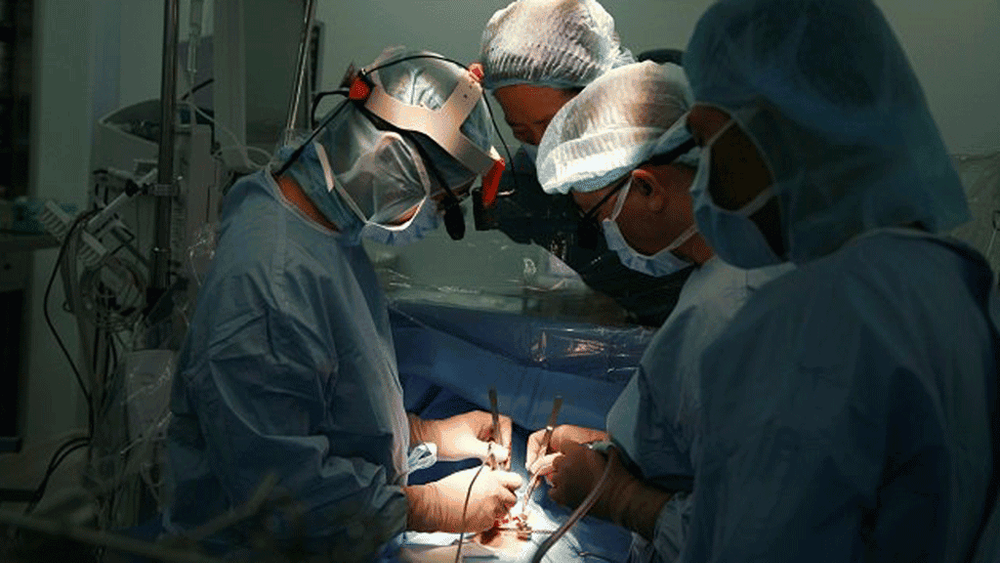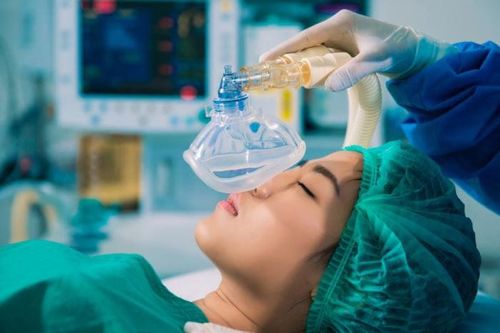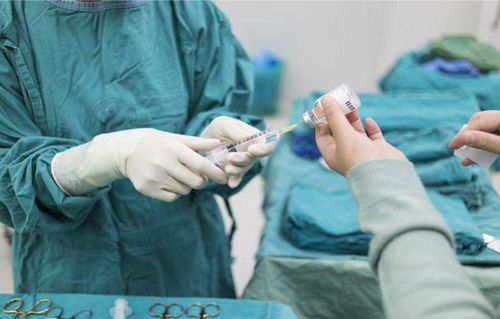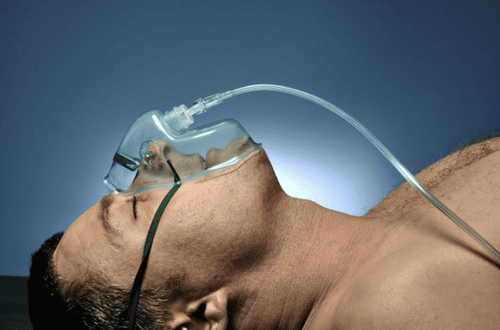This is an automatically translated article.
The article was professionally consulted by Specialist Doctor I Nguyen Xuan Tinh - Anesthesiologist - Resuscitation - Department of General Surgery - Vinmec Phu Quoc International General Hospital. The doctor has more than 18 years of experience studying and working in the field of Anesthesia - Resuscitation.Anesthesia, pre-anesthesia are methods used quite a lot in surgery, helping patients lose pain sensation during surgery.
1. What is anesthesia?
Anesthesia is an anesthetic method aimed at temporarily losing consciousness, sensations, and reflexes, with anesthetics acting on the central nervous system. Anesthesia acts on the brain and causes loss of sensation in the whole body. The drug can be injected through a vein or given to the patient to inhale the anesthetic through the airways. With anesthesia, the patient will be unconscious and no longer feel pain during surgery. With anesthesia, the patient does not know how and when the surgery happened.Depending on the way the anesthetic enters the body, people are divided into 3 types:
Inhalation anesthesia: When used for anesthesia, the drug is introduced into the patient's body through the respiratory tract, the patient inhales vapors. anesthetics, drugs that pass through the alveoli into the bloodstream. Anesthesia by other routes: through veins, rectum, muscle Combined anesthesia Use different anesthetics through one or many different routes into the patient's body to induce anesthesia. For example, use Propofol to induce intravenous anesthesia, then maintain anesthesia with an inhaled anesthetic such as Isoflurane. Using anesthetics in combination with pain relievers and muscle relaxants. General anesthesia with regional anesthesia.

Anesthesia: The patient is awake, drowsy, responsive to analgesia. Stimulation: The patient loses consciousness, inhibiting the cerebral cortex should make the patient in a state of aggressive agitation, struggling, salivation, vomiting. Surgery: Loss of consciousness, loss of reflexes, rhabdomyolysis. The patient's breathing is regular, the eyelid reflex is lost, the eye movement stops, and the breathing becomes shallow. If the drug is stopped, the inhibitory effect will disappear, the functions will recover, the patient will gradually wake up after the surgery. If the drug continues to be added to the body, it will cause medullary paralysis leading to death.
2. What is pre-enchantment?

Why do you need money?
Antisecretory: used to limit secretions in the throat, mouth and respiratory system. To combat anxiety. The main drugs are benzodiazepines such as medizolam, diazepam (valium, seduxen), lorazepam. Reduce or prevent pain. Pain relievers can be used by people who have pain before surgery (and during surgery). Reduce gastric volume and fluid to reduce the risk of aspiration into the airways. Sometimes, the patient is even given medication to reduce acid secretion or neutralize gastric juice to minimize damage if gastric juices back up into the throat and the patient breathes into the airway. Reduce nausea. Vomiting may occur during or after surgery. Control body functions. The body's automatic response to pain due to the stress of surgery. It is also used to keep the heart beat and keep blood pressure stable. In cases of anesthesia in minor surgery, the patient can go home the same day. In general anesthesia, the patient has to stay in the hospital. If there are any different symptoms, the patient should promptly notify the doctor for timely treatment.
Please dial HOTLINE for more information or register for an appointment HERE. Download MyVinmec app to make appointments faster and to manage your bookings easily.














